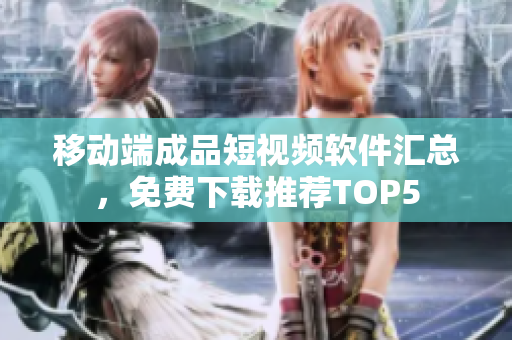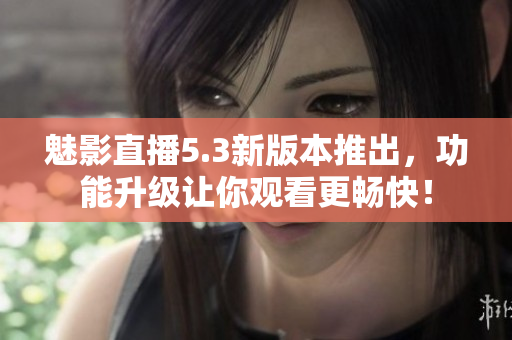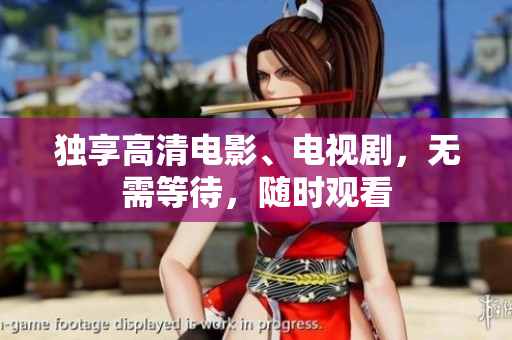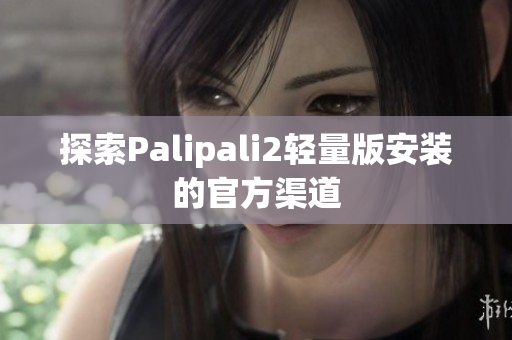Introduction
The world of art and humanities has produced some of the most awe-inspiring and jaw-dropping works of all time. From masterpieces like the Mona Lisa to the awe-inspiring music of Beethoven, the western tradition of art and culture is indeed a sight to behold. However, in today's world, we are also witnessing the transition to 5G technology, which could revolutionize the way we communicate and live our lives. During this era of rapid technological change, schools and educational institutions grapple with a multitude of challenges, including adapting to new curriculums, rethinking modes of teaching, and bridging the digital divide. In this article, we shall explore these themes in detail and highlight the unique challenges faced by educators today.
Adjusting to the 5G Era
As technology advances, it has become critical for schools and educational institutions to keep up with the changing times. 5G technology has the potential to revolutionize the way we communicate and live our lives. By providing lightning-fast internet speeds, 5G technology opens up new avenues for educators and students to harness technology and create immersive learning experiences. For instance, virtual reality technology allows students to explore educational content in ways that were once unimaginable. However, as we move into the 5G era, schools must also grapple with new challenges, such as ensuring internet connectivity and mitigating the risks of cyberbullying.
The Role of the Teacher in the Digital Age
In the digital age, the role of the teacher has become more critical than ever before. While technology opens up new opportunities for learning, it also poses unique challenges that must be addressed. Teachers must adapt to new learning styles and technologies while at the same time, instilling life skills that enable students to navigate the complexities of life. The role of the teacher is not just to impart knowledge, but to also provide guidance and mentorship to students. Teachers must, therefore, be equipped with the necessary skills to make learning engaging and meaningful.
Bridging the Digital Divide
While 5G technology is set to revolutionize the education landscape, it is important to note that not all students have equal access to technology. In particular, students from low-income families are likely to be left behind in the digital revolution. Bridging the digital divide between students from different socioeconomic backgrounds is therefore one of the key challenges facing the education sector today. The solution to this dilemma would be to provide equal access to technology and broadband connectivity to all students, regardless of their socioeconomic background.
Conclusion
In conclusion, the challenges facing the education sector today are multifaceted and complex. However, by adapting to the 5G era, rethinking modes of teaching and bridging the digital divide, it is possible to create a new era of immersive learning that benefits all students. Educators must continue to work tirelessly to ensure that education remains relevant, engaging, and meaningful, even in the face of rapid technological change. Only by doing so can we shape a brighter future for our students and the world.









